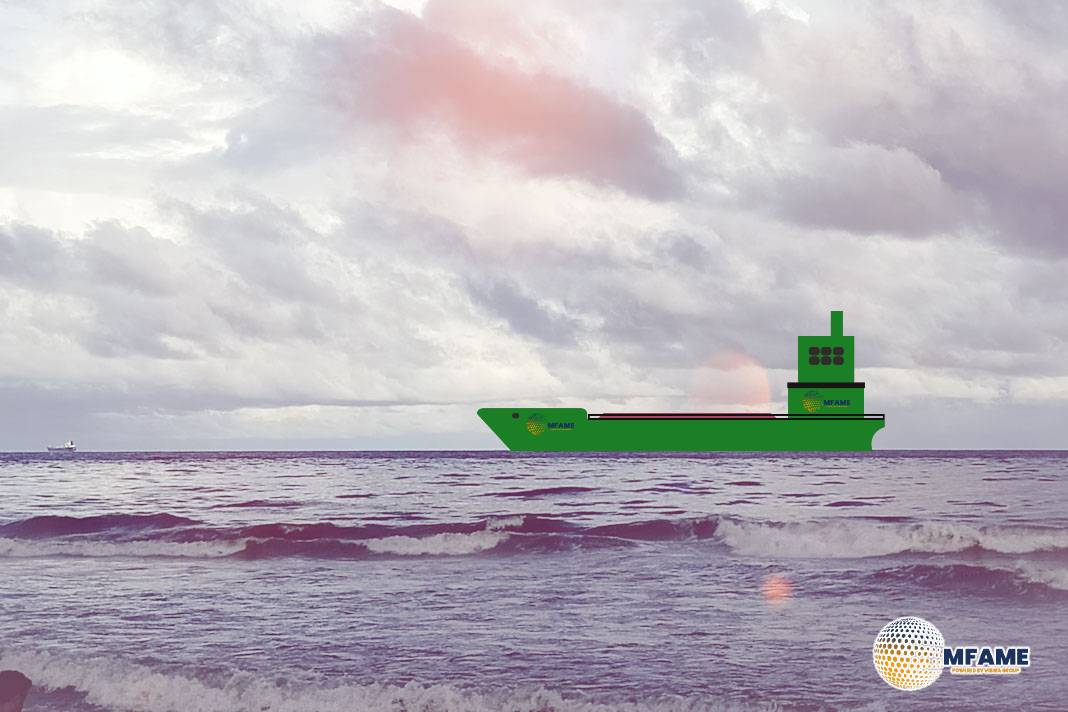- Pilot ladders and safety gear must meet SOLAS Regulation V/23 standards.
- A crew member should accompany inspectors to facilitate the inspection process.
- Inspectors may photograph critical areas of the vessel to document safety.
Safety inspections are necessary to guarantee compliance with international maritime laws while protecting the crew, cargo, and the environment. For Masters, inspection preparation is vital to prevent operational downtime or possible deficiencies. Proper preparation ensures smoother inspections and ensures the vessel remains compliant, reports Safety4Sea.
Master’s Role in Inspection Readiness
Masters have a critical role in making the ship inspection-ready. They must perform routine self-inspections to detect possible issues and rectify them prior to an official inspection. Having a current checklist for all areas of inspection prevents any vital elements from being missed. Training of the crew in emergency protocols and regulatory standards is just as important in proving compliance during inspections. Well-kept records and clear communication with port authorities and classification societies are also essential for hassle-free inspection procedures.
Required Documentation and Certificates
Masters should make all documents and certificates mentioned in the Inspection Form available in one location for easy reference and inspection by inspectors. Some of the essentials are the Minimum Safe Manning Certificate, officers’ certificates of competence, and Seafarer Identification Record Books for all crew, each with qualification stickers. For passenger vessels, survival craft and rescue boat crew certificates must also be available, as well as the up-to-date crew list and ship’s emergency station bill. Navigation records, logbooks, and safety publications must also be concentrated on and readily available.
Nautical Inspector Spot Checks and Equipment Readiness
Nautical Inspectors can conduct spot checks on lifesaving, fire-fighting, and general safety equipment as required by the SOLAS Certificate. This would include lifeboats, which must be uncovered and in a position ready for inspection, and fire-fighting equipment, which must be stowed correctly. An adequate number of crew should be on board and prepared to carry out emergency drills when necessary. The inspector can direct the Master to engage the Classification Society if additional verification is required.
Engine Room and Energy Efficiency Compliance
The engine room must be leak-free of oil and maintained clean before inspection. Energy efficiency documentation must be current and available. These documents include the Statement of Compliance for Oil Consumption, the Ship Energy Efficiency Management Plan (SEEMP), and Bunker Delivery Notes (BDNs).
Pilot Ladder and Safety Gear Compliance
Pilot ladders and related equipment, such as gunwale steps, lights, and manropes, need to be available and meet the current SOLAS Regulation V/23 requirements. Having these items compliant before an inspection is crucial to showing compliance with safety regulations.
Working alongside the Nautical Inspector
One of the ship’s staff should accompany the Nautical Inspector throughout the inspection to provide information, answer questions, and facilitate the process. This helps streamline the inspection and ensures that any clarifications can be addressed promptly.
Photographic Evidence During Inspections
If considered safe, the Nautical Inspector will photograph several sections of the ship, such as bow, quarter, and stern views from the shore. Photos onboard will generally include the bridge or wheelhouse, weather deck views from the bow and bridge, lifeboats and launching systems, and any defects or areas of concern visible.
By adhering to these standards, Masters can enhance the prospects of a successful safety inspection, guaranteeing regulatory compliance and maximizing overall maritime safety.
Did you subscribe to our daily Newsletter?
It’s Free Click here to Subscribe!
Source: Safety4Sea

















